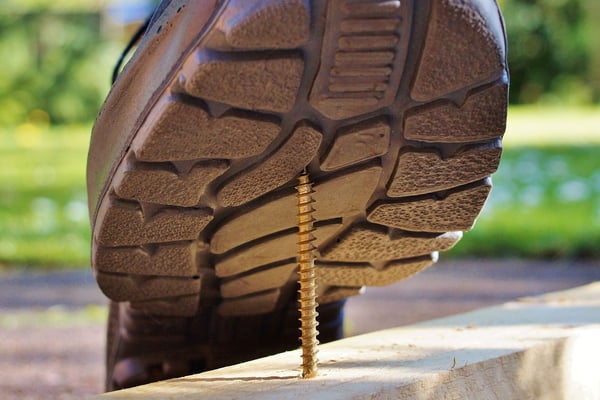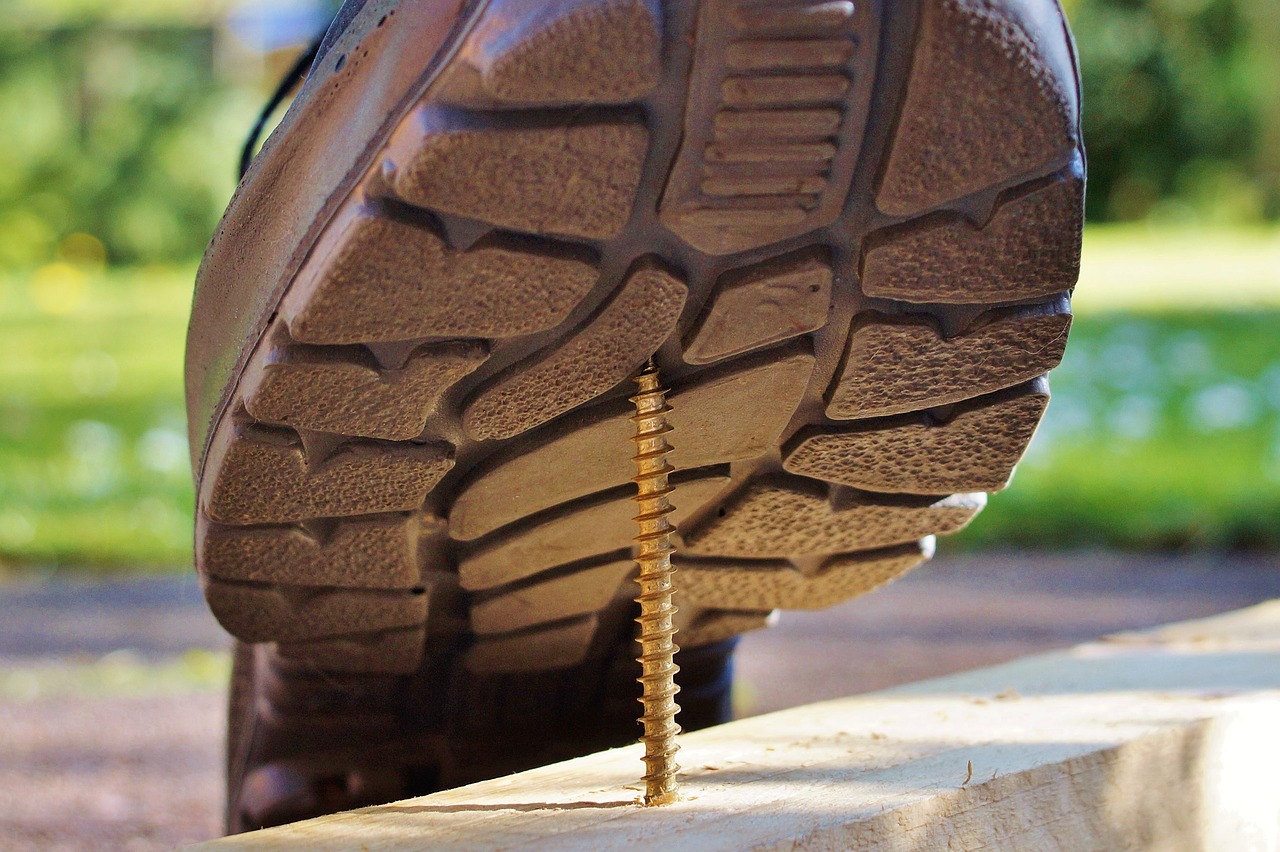 “If it ain’t broke, don’t fix it,” may be a wise saying in many cases. But not if it’s taken to mean, “If it ain’t broke, don’t do anything to it.”
“If it ain’t broke, don’t fix it,” may be a wise saying in many cases. But not if it’s taken to mean, “If it ain’t broke, don’t do anything to it.”
Reactive maintenance—waiting for vehicles or equipment to break down before giving them maintenance attention—is clearly not the smart strategy. The short-term cost of providing routine, proactive preventive maintenance is almost always negligible compared to the costs of an on-the-job breakdown.
Just think about the last major breakdown your company had. Did you have any of these costs associated with it:
- a more-expensive repair than if the problem had been detected earlier?
- damage that could have been prevented?
- production downtime?
- overtime for repair or catching operations up to schedule?
- penalties for falling behind schedule?
- replacement equipment?
- lost opportunity for other work?
Wouldn’t it have been far less expensive if you had detected the problem that caused the breakdown before the equipment broke down?
And preventive maintenance has other benefits in addition to minimizing the disruptions of breakdowns. Preventive maintenance also helps reduce costs by:
- extending the useful life of assets
- increasing energy efficiency
- minimizing the risk of non-compliance with health and safety regulations
- enabling lower-cost, bulk procurement of spare parts in advance
- allowing for the alignment of scheduled maintenance with downtime and slower production periods.
If you do an honest assessment of your maintenance program and determine it’s mostly reactive, the good news is that you have an ideal opportunity to significantly improve your business.
The Role of Inspections
As you seek to lower maintenance costs with a preventive strategy, it’s important to understand that preventive maintenance involves more than the maintenance department. Preventive maintenance requires company-wide policies and processes that identify issues before they escalate into more-costly problems.
Audits and inspections are a primary component of this proactive approach. Not only do they identify defects earlier than waiting for a breakdown, they provide insight into the cause of recurring problems so they can be corrected (e.g., if defects repeatedly occur after a specific operation, you can look to determine if there’s a way to improve the operation to prevent the defects from occurring).
Inspection checklists are a tool that empowers all personnel responsible for inspecting assets to play a vital role in preventive maintenance. Checklists such as those in The Checker inspection books or The Checker Software guide personnel as they conduct inspections, ensuring that they check everything that needs to be inspected. All defects will be discovered early, when they can be addressed less expensively.
The Role of Management
Management support of preventive maintenance is essential for the strategy to work. Preventive policies and procedures must be followed, and without management support that adherence becomes far less likely. For example, if personnel aren’t mandated to correctly complete inspection checklists, there’s a good chance they won’t.
Unfortunately, management often views maintenance as a cost—not as an opportunity to cut costs. This view leads to short-sighted decisions such as cutting the current maintenance budget rather than seeking a solution to permanently lower maintenance costs.
On the other hand, management that understands the long-term cost savings of preventive maintenance can give their company a meaningful competitive advantage over companies still in a reactive mode.
Takeaway
Reactive maintenance results in costs that could be avoided. Preventive maintenance tools such as inspection checklists help a company eliminate these costs and run a more-efficient maintenance program.











